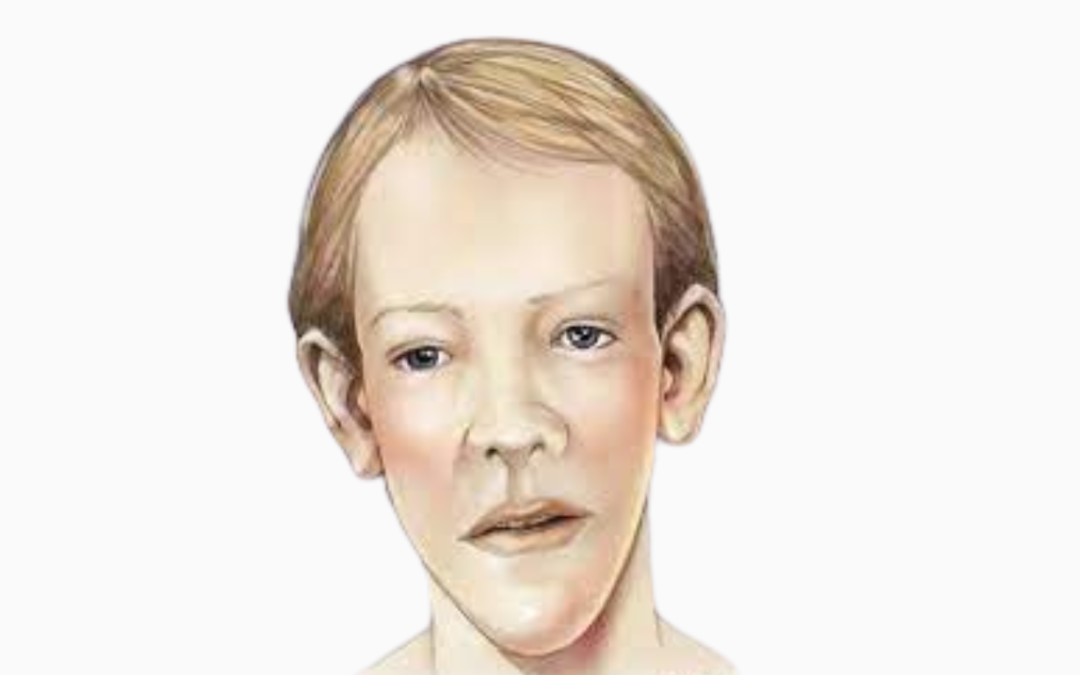Diagnosis of Sotos Syndrome
Diagnosing Sotos Syndrome is a multifaceted process that involves a combination of clinical evaluation, genetic testing, imaging studies, and developmental assessments. Here’s a deeper look into each aspect of the diagnosis:
Clinical Evaluation: Physicians begin by conducting a comprehensive physical examination to identify characteristic features associated with Sotos Syndrome. These features often include distinctive facial characteristics such as a high, broad forehead, down-slanting palpebral fissures, pointed chin, and malar flushing. Additionally, individuals with Sotos Syndrome typically exhibit overgrowth resulting in tall stature and macrocephaly (an enlarged head circumference). The clinical evaluation also involves assessing for developmental delays, intellectual disabilities, and any associated medical conditions such as cardiac anomalies, renal abnormalities, or skeletal issues like scoliosis. A thorough clinical assessment helps in recognizing the pattern of features consistent with Sotos Syndrome.
Genetic Testing: Genetic testing is a critical component of diagnosing Sotos Syndrome. The majority of cases (over 90%) are caused by mutations or deletions in the NSD1 gene located on chromosome 5q35. Genetic testing typically involves sequencing the NSD1 gene to identify mutations or deletions. These mutations may include small nucleotide insertions or deletions, missense mutations, nonsense mutations, or partial gene deletions. Detection of an NSD1 abnormality confirms the diagnosis of Sotos Syndrome, providing a definitive genetic basis for the condition.
Imaging Studies: While not specific to Sotos Syndrome, imaging studies such as cranial imaging (e.g., magnetic resonance imaging or computed tomography scan) may be conducted to assess for any structural abnormalities in the brain. Ventricular dilatation is one of the commonly reported features in Sotos Syndrome, although it’s not unique to this condition. Imaging studies help in evaluating the brain structure and identifying any anomalies that may contribute to clinical manifestations.
Evaluation of Developmental Delays: Assessing intellectual and developmental functioning is crucial in diagnosing Sotos Syndrome. Individuals with Sotos Syndrome often exhibit varying degrees of learning disabilities or intellectual impairment. Psychological assessments, developmental evaluations, and standardized testing tools are employed to understand the individual’s cognitive abilities, language skills, adaptive functioning, and educational needs. Evaluating developmental delays provides valuable insights into the severity of cognitive impairment and helps in formulating appropriate intervention strategies.
Comprehensive Medical History: Obtaining a detailed medical history, including family history, is an integral part of diagnosing Sotos Syndrome. While the majority of cases are sporadic and result from de novo mutations, familial cases have been reported, albeit rarely. Understanding familial patterns, if present, can provide insights into the inheritance pattern and recurrence risks associated with Sotos Syndrome. Additionally, a comprehensive medical history helps in identifying any prenatal or neonatal complications, developmental milestones, and previous medical evaluations, contributing to a more accurate diagnosis.
In summary, diagnosing Sotos Syndrome requires a comprehensive approach that integrates clinical assessment, genetic testing, imaging studies, developmental evaluations, and a thorough medical history. This multidisciplinary approach ensures early and accurate diagnosis, enabling appropriate medical management, supportive care, and tailored interventions to improve outcomes for individuals with Sotos Syndrome and their families.







